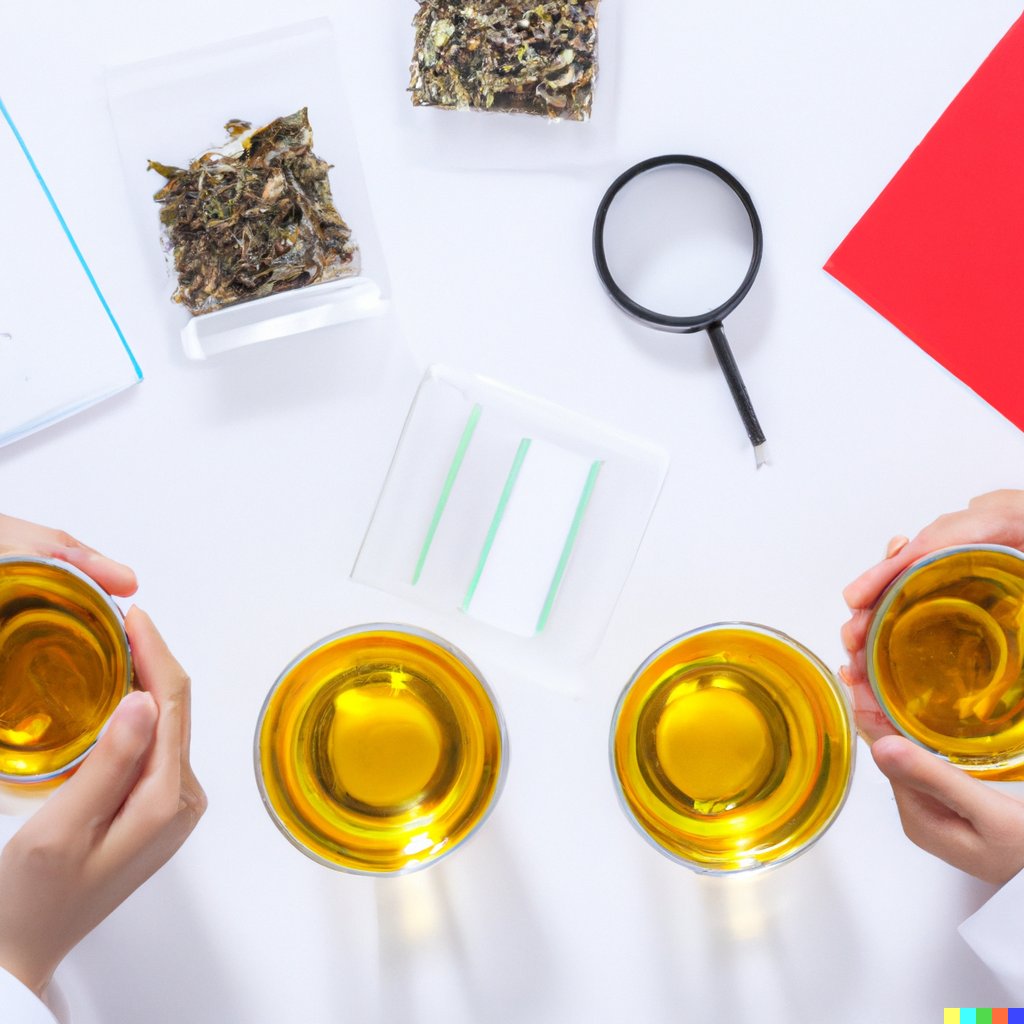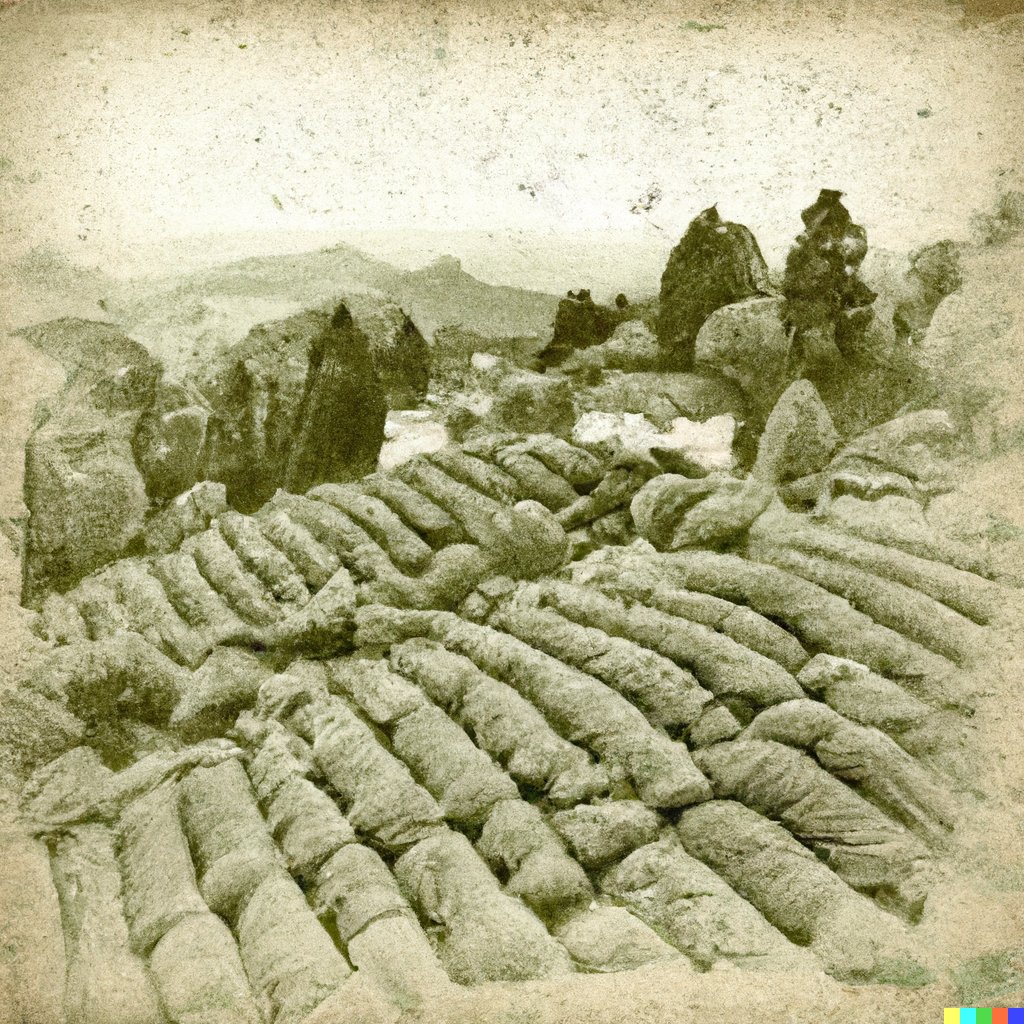Technical Report

Introduction
Tea is a popular beverage worldwide that is produced from the leaves of the Camellia sinensis plant. The production process involves several steps, including withering, rolling, oxidation, and drying. Oxidation, also known as fermentation, is a critical step in the production of black and oolong teas. During oxidation, several changes occur in the tea leaves that impact the final product’s aroma, flavor, and color. This report discusses the changes that occur in tea leaves during oxidation.
Oxidation Process
Oxidation of tea leaves is a complex process that involves the action of enzymes present in the leaves. These enzymes, also known as polyphenol oxidases, are activated when the leaves are crushed or bruised, allowing oxygen to come into contact with the enzymes. As a result, the enzymes oxidize the polyphenols present in the leaves, leading to the formation of new compounds.
Changes in Chemical Composition
During oxidation, several chemical changes occur in the tea leaves, leading to the formation of new compounds. The most significant change is the conversion of catechins, which are the primary polyphenols present in green tea, into theaflavins and thearubigins. Theaflavins and thearubigins are responsible for the dark color and rich flavor of black teas.
In addition to the formation of theaflavins and thearubigins, oxidation also leads to the breakdown of chlorophyll, which gives green tea its characteristic color. This breakdown results in the formation of new pigments, including the reddish-brown pigments responsible for the color of black teas.
Changes in Flavor and Aroma
The changes in chemical composition during oxidation significantly impact the flavor and aroma of the final product. Black teas have a strong, bold flavor with a hint of astringency, while oolong teas have a more complex flavor with floral and fruity notes. The aroma of black teas is characterized by a malty, earthy scent, while oolong teas have a more delicate, floral aroma.
Conclusion
Oxidation is a critical step in the production of black and oolong teas, leading to significant changes in the tea leaves’ chemical composition. These changes result in the formation of new compounds that impact the final product’s flavor, aroma, and color. Understanding the changes that occur during oxidation is essential for producing high-quality teas with desirable characteristics.












































